A recent review study published by Cardiovascular Research confirmed that exposure to heavy metals such as cadmium, which is caused by soil and water pollution, can cause cardiovascular diseases. This is because it increases oxidative stress in blood vessels, promoting the formation of free radicals and reducing the formation of antioxidant molecules, which results in inflammation.
Over 60% of pollution-related illnesses and deaths are due to cardiovascular diseases such as ischaemia, heart attacks, strokes and heart rhythm disorders. This has resulted in at least 9 million premature deaths worldwide, which is 16% of all deaths. In the EU, one in eight deaths is caused by pollution.
)
As part of the study, the author reviews the scientific literature and takes clinical and epidemiological studies on soil and water contamination with heavy/transition metals into consideration. Soil pollutants usually enter the body through the inhalation of dust, fertiliser crystals or microplastics. However, heavy metals such as cadmium and lead, as well as and plastics can all also be ingested orally. Furthermore, pollutants from the soil can flow into rivers and other water systems, and thus be consumed by humans via water.
Regarding the link between cadmium and cardiovascular risk, a Korean study found that higher levels of the heavy metal in the blood increases the risk of stroke and hypertension. Whereas a high level of lead in the blood was associated with coronary heart disease, heart attacks and strokes in women and those who suffer from diabetes. Finally, other research studies have linked arsenic exposure to cardiovascular diseases.
The dangerous impact of pollution to human health has also been recognised at EU level, for example by the EU Action Plan for 2050: "Towards a Zero Pollution for Air, Water and Soil”, which was adopted by the European Commission. The plan states that air, water, and soil pollution must be reduced to prevent harm to humans and the health of the ecosystem.
Safer Phosphates aims to engage in this area by endorsing the support of alternative methods and procedures to reduce such toxic contamination, for example by encouraging the use of low-cadmium phosphate fertilisers.
More information on the findings of this review study is available at https://academic.oup.com/cardiovascres/advance-article/doi/10.1093/cvr/cvac082/6604488

